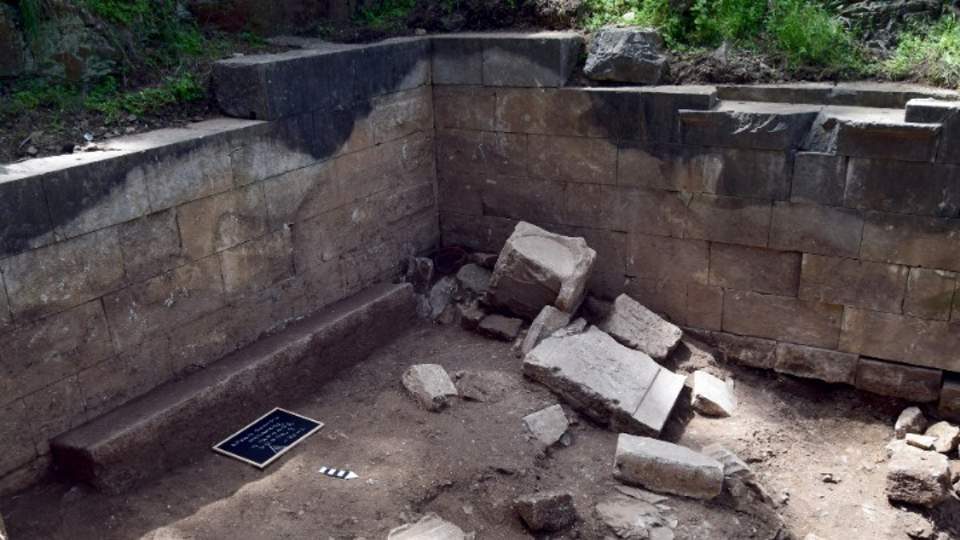OF THE
TIMES
"The purpose of GLADIO was to attack civilians, the people - women, children, innocent people, unknown people, far removed from any political game. The reason was quite simple: to force the public to turn to the State and demand greater security. Under a strategy of tension, you 'destabilize in order to stabilize', to create tension within society and promote conservative, reactionary social and political tendencies."
~ Italian neo-fascist whose prosecution led to the discovery of NATO's 'Gladio' networks across Western Europe
This article of complete speculation before any due diligence has been performed - before a proper root cause analysis conducted - this article is...
Hmm, this should raise some constructive comments. Mine: there were 3 helo's in the convoy? So where did the radio black out occur? Certainly they...
The State is the Coldest of All the Cold Monsters “State is the name for the coldest of all cold monsters. Coldly it tells lies; and this lie...
Supposedly, these deep sea fish (like Oarfish) are coming to the surface because pre-earthquake conditions are present down at the ocean bottom.
So, there are alien bases on the moon. Could be that's what they are looking for. Humans have been advised to stay away from the moon. Chances we...
To submit an article for publication, see our Submission Guidelines
Reader comments do not necessarily reflect the views of the volunteers, editors, and directors of SOTT.net or the Quantum Future Group.
Some icons on this site were created by: Afterglow, Aha-Soft, AntialiasFactory, artdesigner.lv, Artura, DailyOverview, Everaldo, GraphicsFuel, IconFactory, Iconka, IconShock, Icons-Land, i-love-icons, KDE-look.org, Klukeart, mugenb16, Map Icons Collection, PetshopBoxStudio, VisualPharm, wbeiruti, WebIconset
Powered by PikaJS 🐁 and In·Site
Original content © 2002-2024 by Sott.net/Signs of the Times. See: FAIR USE NOTICE

[Link]